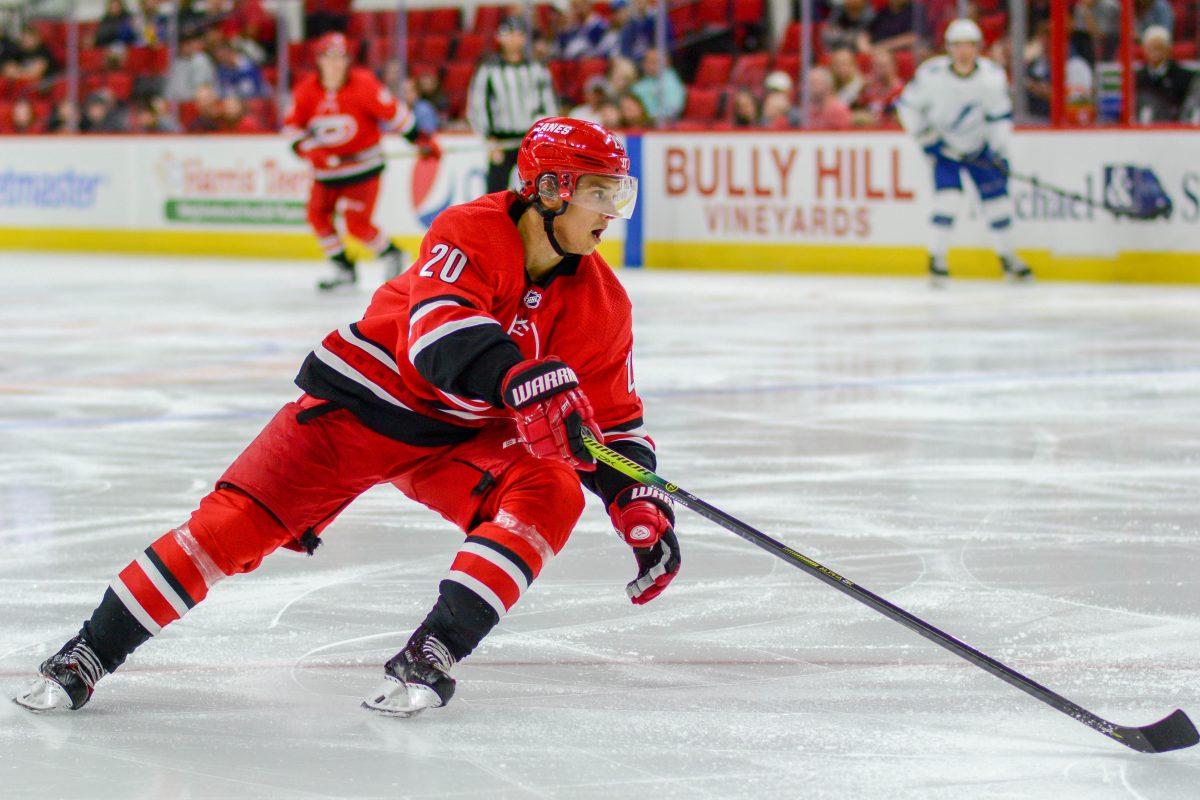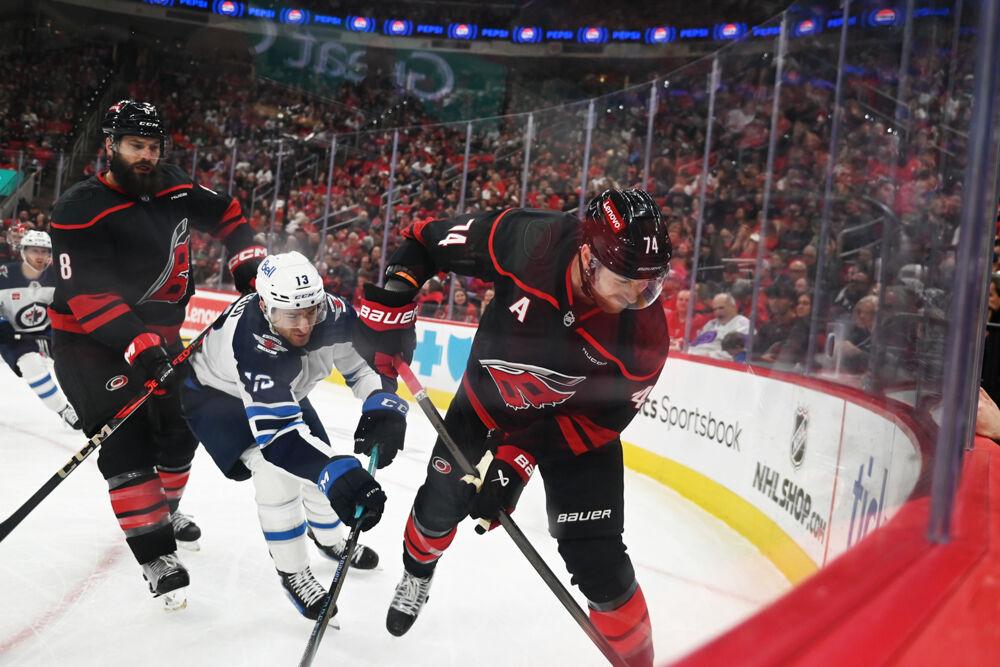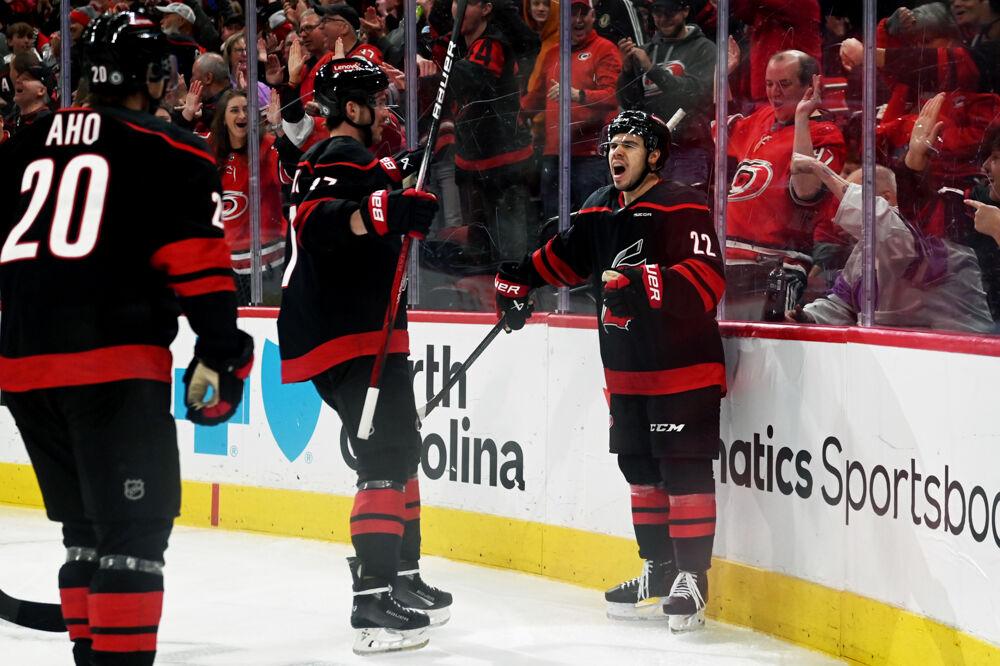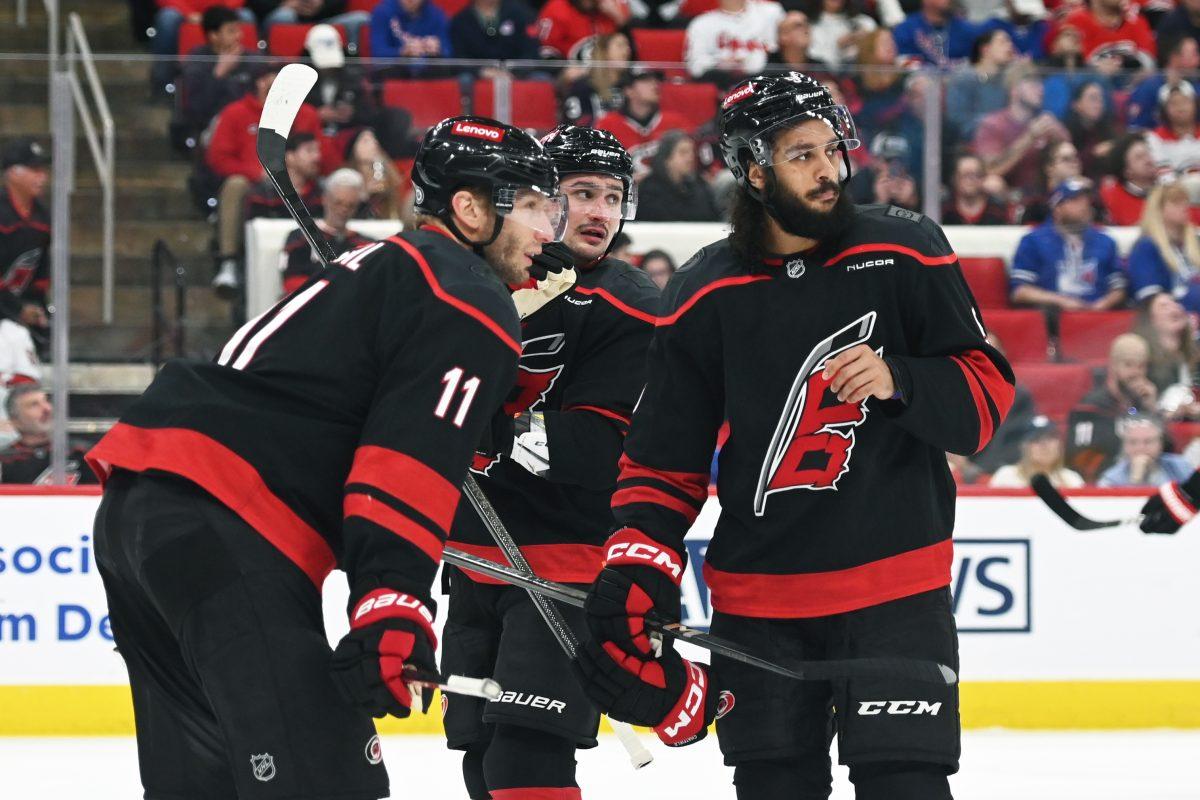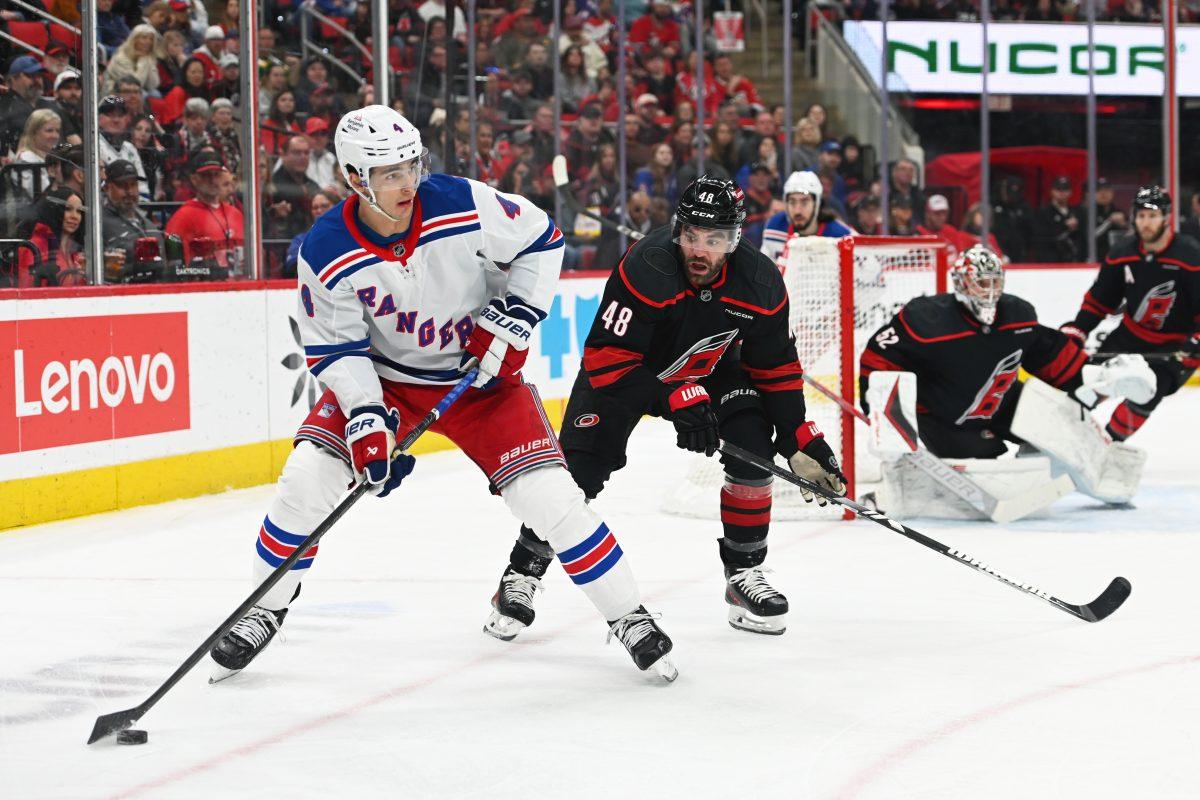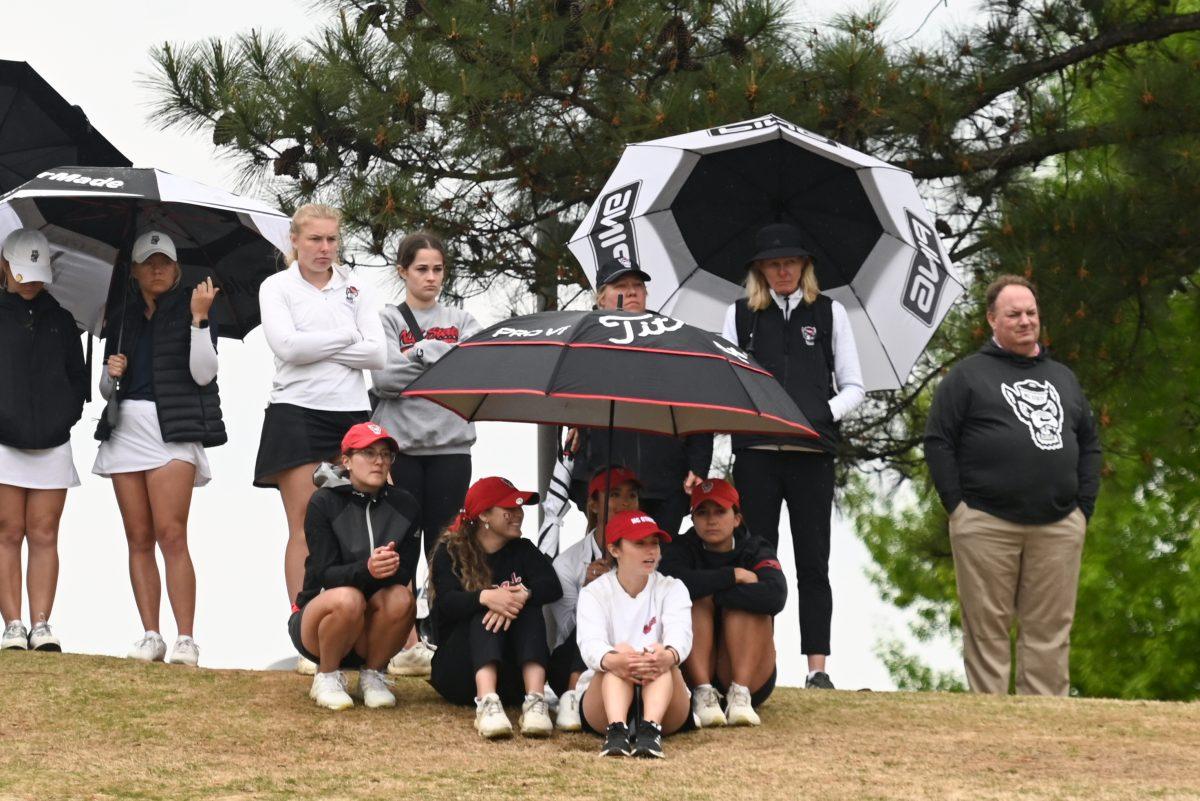With the conclusion of the 2019-20 preseason, the Carolina Hurricanes are set to begin the regular season against the Montreal Canadiens on Oct. 3. Despite the preseason not mustering the results that fans would have liked to see, as Carolina went 2-3-1, the team is set to hit the ground running.
The preseason is not really anything to write home about. It is a time for fringe players to make a case for breaking rosters or young players to earn a contract, but for established players, the preseason is just a warm-up course. That being said, it is a good time to assess how players are progressing or trending, and it helps coaches make calls on line configurations and work on other situations, such as the power play and penalty kill.
From the work at training camp and the preseason play of the Hurricanes, it is apparent that the Canes have another very special team in Carolina that can be a powerhouse in the Metropolitan Division.
During the playoff drought, the offense has been an area the Hurricanes have struggled with. That no longer seems to be the case in Carolina.
The Hurricanes’ top nine forwards are very talented on paper: Sebastian Aho, Nino Niederreiter, Andrei Svechnikov, Jordan Staal, Teuvo Teravainen, Erik Haula, Ryan Dzingel, Martin Necas and Warren Foegele.
Head coach Rod Brind’Amour has tried a few different line combinations with these players throughout the preseason, moving wingers up and down the lineup, which isn’t only to try and find chemistry, but also to best balance the Hurricanes’ scoring ability.
Brind’Amour will almost definitely start Teravainen with Aho on the first line, Staal with Svechnikov and Niederreiter on the second, and Haula with Necas on the third. These combinations seem set to start the season, but wingers can still be moved around before the puck drop in Raleigh.
Outside of that top nine, the Hurricanes boast a fourth line composed of Lucas Wallmark, Jordan Martinook and Brock McGinn that is as good, if not better, than any fourth line in the NHL. The playmaking and faceoff ability of Wallmark combined with the workhorse hard-hitters of McGinn and Martinook makes that line a dread for opponents to play against.
In the pipeline, the Hurricanes have Julien Gauthier, a big power forward who couldn’t quite break the roster for opening night but has made huge strides to improve his all-around game. Brind’Amour commented on how Gauthier was the player that improved most since last season, and if there is an injury, expect him to be one of the first call-ups. His strength and awareness make him one of the most dangerous players in the American Hockey League, where he will more than likely light up the lamp while he is on the ice.
While the offense is something new and exciting for the Hurricanes, the blueline is really where the talent historically has been stacked. Probably the Canes’ greatest asset is their strong and cost-effective defensive core.
The Hurricanes’ top four defensemen, Jaccob Slavin, Dougie Hamilton, Brett Pesce and Jake Gardiner, all signed for at least two years and less than $20 million total per year. Add on top of that Haydn Fleury, potentially Trevor van Riemsdyk when he returns from a shoulder injury he sustained in last year’s playoffs, and Joel Edmundson as the bottom pairing, and the Hurricanes have a full roster of intimidating bluelines.
Even deeper in the system, the Hurricanes have Gustav Forsling, who Carolina acquired from Chicago in the offseason, a first-round pick in Jake Bean, who has shown flare and prominence as a puck-mover, college free agent signee Chase Priskie, who shows the same set of skills as Bean, and others like Roland McKeown and Jesper Sellgren, who have both had impressive showings in camp and in last year’s AHL playoffs with the Charlotte Checkers.
Despite losing a key piece in Justin Faulk, Carolina still poses one of the best bluelines, which they can really rely on moving forward.
Behind the blueline is a bit of a weaker area for Carolina. Goaltending has been one of the longest-running question marks for the franchise alongside offense, but the Canes have seemingly answered it.
Starting goaltender Petr Mrazek just signed a two-year deal with the Hurricanes after having a solid year with the team sharing the crease with former goaltender Curtis McElhinney. Mrazek has looked good throughout the preseason and could potentially repeat last season’s success.
Mrazek has never put up good numbers in back-to-back seasons, but he has also never gotten the same focus as a starter as he has earned in Carolina. Alongside the Canes’ strong defense, Mrazek may be able to establish himself with another great year. The question entering the preseason was who would be sharing the crease with Mrazek for the 2019-20 season after the departure of McElhinney in free agency.
The Canes made the decision to go with James Reimer, who the Canes acquired in a trade with the Florida Panthers that sent underperforming goaltender Scott Darling out, to start the season with the NHL club. Reimer has had solid numbers in his career, not starter numbers, but he has what it takes to be a capable backup like McElhinney was.
Even if Reimer were to struggle with the team, the Canes still have both Anton Forsberg, a solid backup who Carolina acquired in a trade with the Chicago Blackhawks, and Alex Nedeljkovic, who many tout as the Hurricanes heir apparent to the starter position, reassigned to Charlotte, where they will be readily available should the Hurricanes need a goaltender due to performance or injury.
While the preseason is essentially meaningless, it can have a big impact if players sustain injuries. The Canes suffered four injuries to what is now confirmed as the 20-man starting roster during the preseason play. Haula had a lower-body potential groin pull that caused him to miss a few games; Necas missed the final two games with neck discomfort; Dzingel has missed the last three games after sustaining a lower-body ankle injury in Nashville; and defenseman Jake Gardiner has missed the last three games with hip discomfort.
None of these injuries seem too serious, as all of the players have either returned to action or have participated in full-contact practices since the conclusion of the preseason, but it is a scary time for any team if players could potentially miss time before games that even matter.
The Carolina Hurricanes made the playoffs for the first time in nearly a decade last season and added another deep playoff run to their repertoire. Carolina has only ever made the postseason in back-to-back seasons once, at the 2001 and 2002 playoffs. In the former, the Canes were eliminated in the first round by the New Jersey Devils in six games, but in the latter, Carolina made it all the way to the Stanley Cup Final, losing to the Detroit Red Wings in five games.
For the Hurricanes to make the playoffs this year, they will more than likely need to finish in the top three of the Metropolitan division, as the wild card race is seeming like it will be one of the most competitive in years. Not only are essentially six Metropolitan divisional teams seeming like they can make a case for playoff contention, but also six teams from the Atlantic Division are seemingly poised to compete for the eight available playoff spots. This very well may be one of the most competitive NHL seasons in Eastern Conference history.


